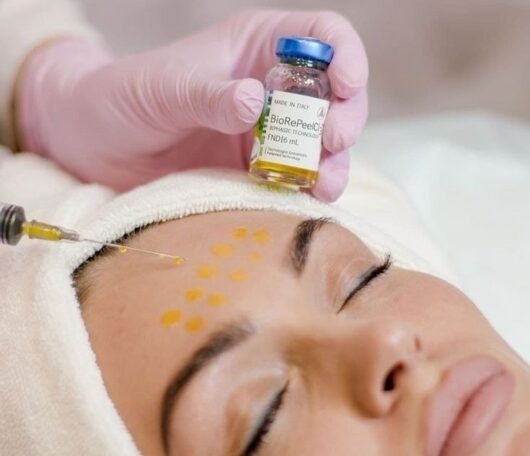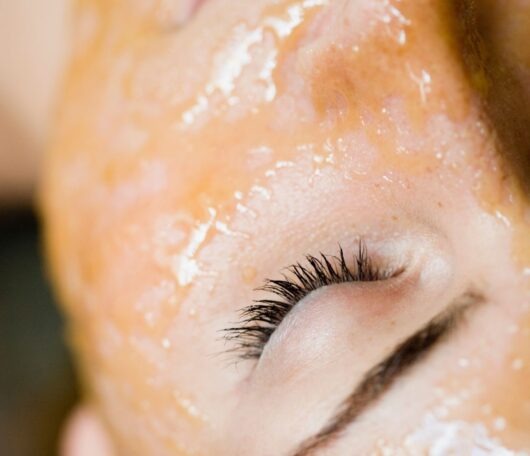Chemical peels
Chemical peeling is an effective and popular procedure in the field of cosmetic skin care, which provides a significant improvement in the appearance of the skin. This procedure uses chemicals to remove the top layers of the skin, leading to natural regeneration and restoration of the skin’s appearance.
How does chemical peeling work?
Chemical peels use acids, often AHAs (alpha hydroxy acids) or BHAs (beta hydroxy acids), to remove dead skin cells and promote skin regeneration. These acids can penetrate different layers of the skin, providing effective exfoliation and improving skin texture.
The benefits of chemical peeling
- Exfoliation: the chemical peel removes dead skin cells from the surface of the skin, resulting in a smoother and softer complexion.
- Removing pigment spots: chemical peels can help reduce the visibility of pigment spots and hyperpigmentation, resulting in a more even skin tone.
- Collagen stimulation: By removing the layer of dead cells, chemical peels stimulate collagen production, which can improve skin firmness and elasticity.
- Reduction of fine lines and wrinkles: regular chemical peels can reduce fine lines and wrinkles, improving the overall appearance of the skin.
At SKINLAB we perform a series of highly effective treatments using chemical peels:
BioRePeelCl3 Peeling – what we call biorevitalization without injections. This peeling combines revitalizing, biostimulating and exfoliating effects.
The combination of active ingredients in BioRePeelCl3 effectively combats the effects of UV exposure, wrinkles, pigmentation and acne. Can be applied in any season. We are one of the few clinics who perform the peeling procedure in combination with microneedling.
Trichloroacetic or phenolic acid is used to penetrate the middle layer of the skin, peeling the damaged skin cells. This deep peel removes medium to deep lines, age spots, freckles and shallow scars. The appearance of the skin visibly improves.





